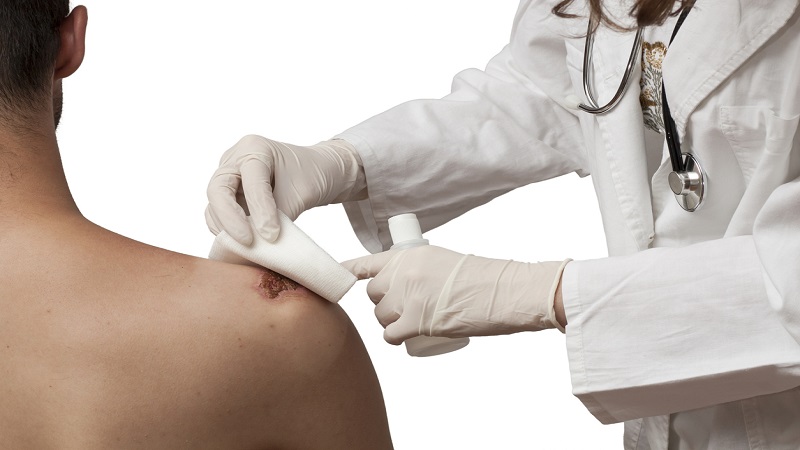
Under a thesis by a student named Cristian Ghibaudo, 3D bioprinting was discussed regarding the better wound treatments under Onskin project based on microfibrillar cellulose, or MFC, and sustainable materials. The concept was developed in four modules: the moisturizing module (M1), the absorbent module (M2), the barrier module (M3) and the support module (M4). Using BioX 3D Printers, several wound dressing prototypes were 3D printed out of which the Flat prototype was selected concluding it had good mechanical properties and high resolution, plus it printed in only 30 minutes.